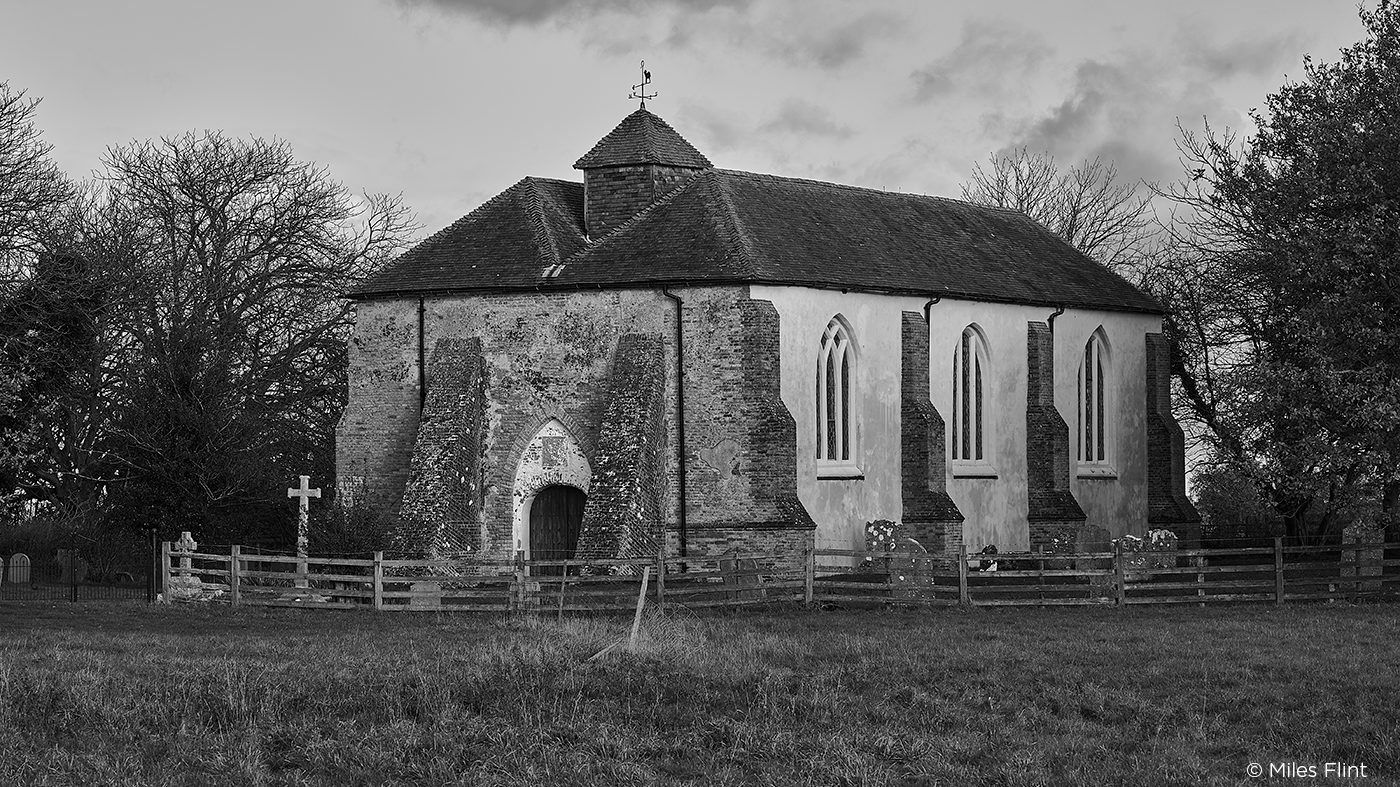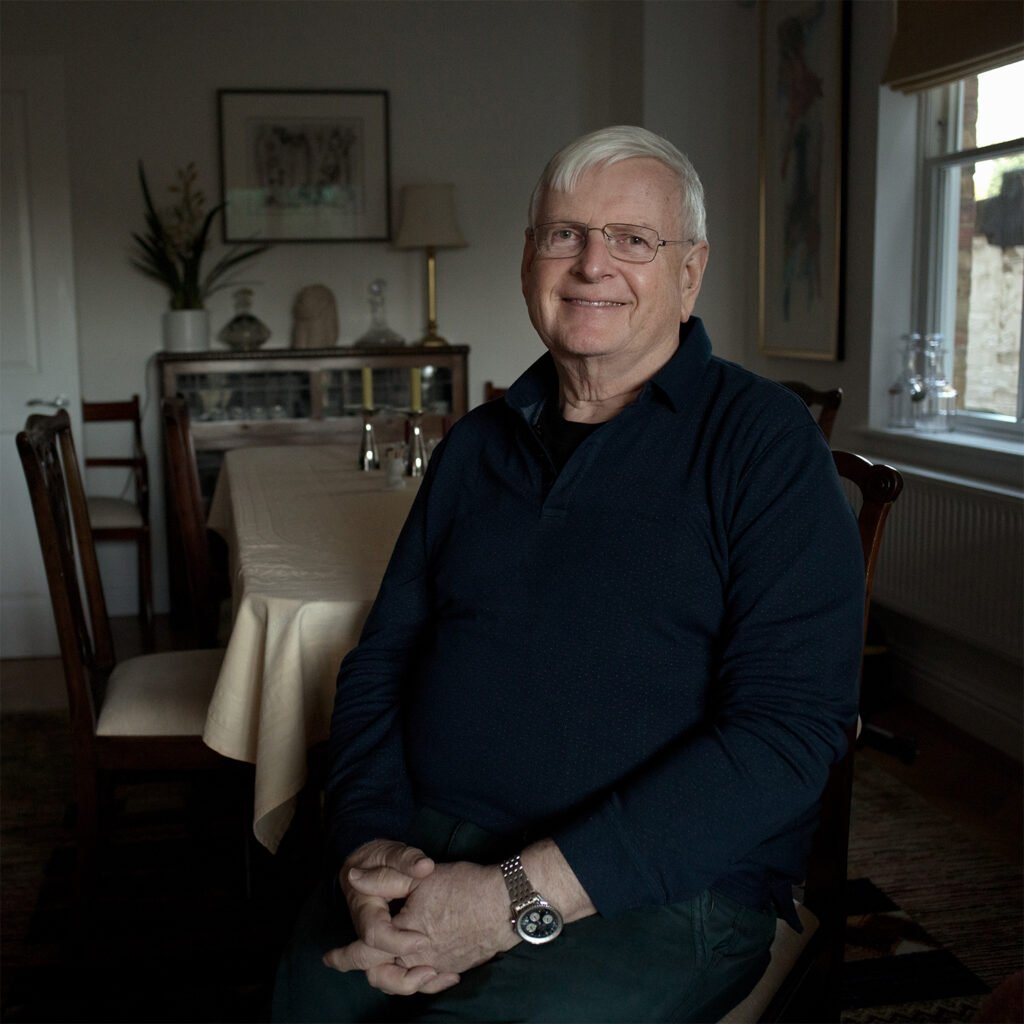
I’m Miles Flint, and for the last 10 years I’ve been working as a photographer. Before that, I worked for many years for Sony in the UK and around the world, so I see photography as a second career, a new vocation I found later in life.
After many years of just taking pictures, it was 2009 when I heard that Phase One were running a 10-day workshop in Death Valley, California, and I managed to get a spot. It was during that trip that I realized just how little I knew, how much I had to learn. I realized I needed to examine myself and my motivation for doing photography, and make a cognitive change. That’s the time I began to read other books, look at other photographers, go to museums, art galleries, and really start to think much deeper about photography and art.
I started out with a business background. In business, everything was measurable. You knew how well you were doing, you knew that if you made your quarterly numbers or your annual budget it meant you were doing well.
When you start out in the art life, there is no way of assessing objectively how well you’re doing, which is why I think most photographers are somehow a bit insecure. They know what they’re doing, they know what they’re trying to say, but it’s hard to measure just how good their work is, and it very much depends on individual opinion. That is why I felt that, when I turned to photography, I entered a much more uncertain world than the one I was used to working in.
But I can’t conceive of going back to the business world. I enjoyed it, and I’m proud of what we achieved, but I’ve now entered a different world, a different experience. This is my home now.
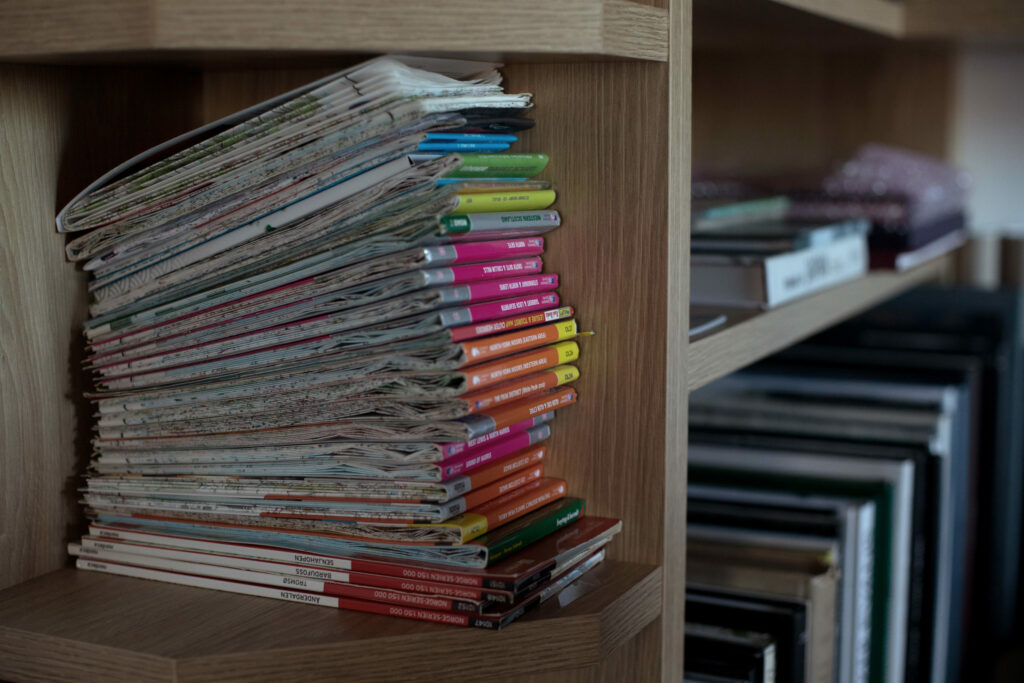
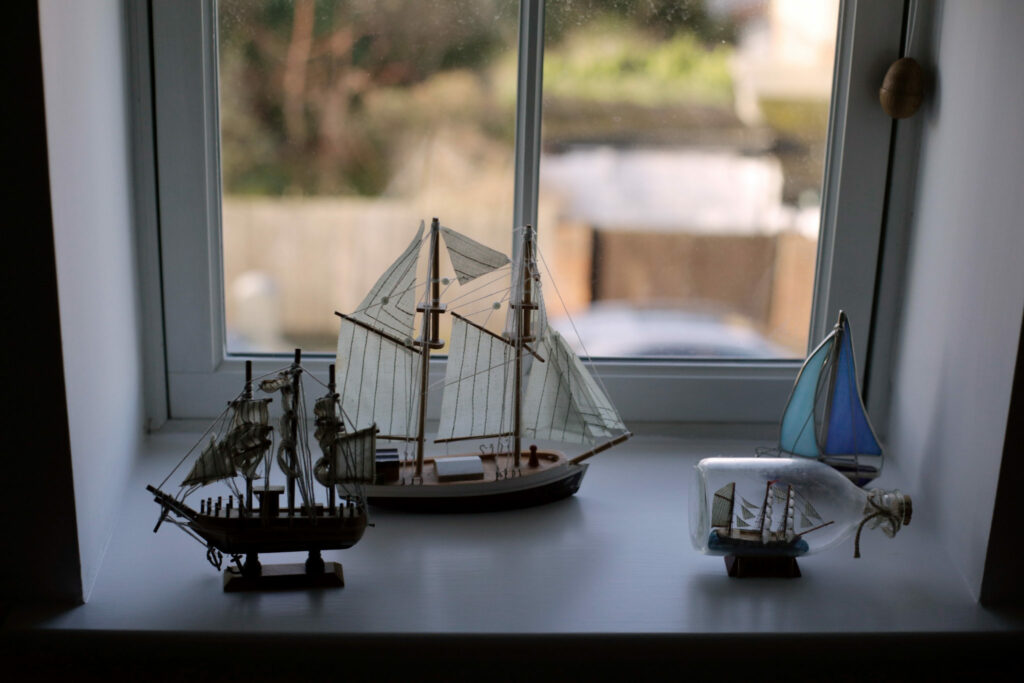
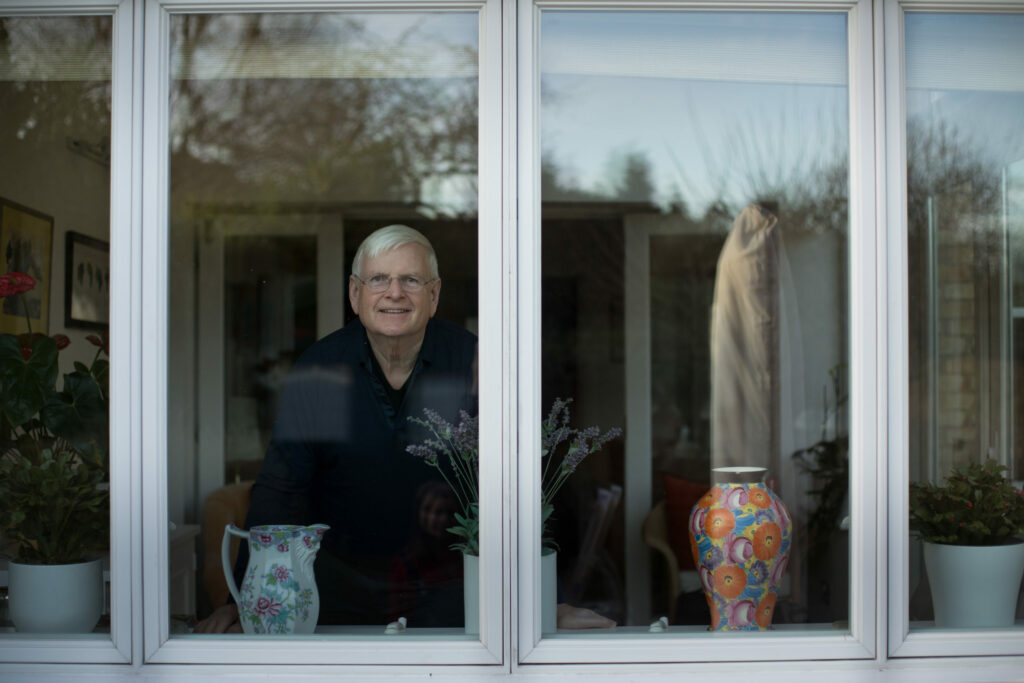
I think of my photography style as a mixture of landscape and architecture, of landscape and documentary. What I’m particularly interested in is studying visually how mankind is changing our landscape, and how landscape is changing mankind. It’s this interaction that I’m trying to capture in my photography.
“These days, photography is what my life’s about. It’s what I wake up every day thinking about, and sometimes in the middle of the night as well.”
I love exploring the world. I was born abroad, and I had lived in six different countries by the time I was a teenager, so I’ve always had this sort of travel instinct. There are places that, to me, have always conjured up a sense of magic that drew me towards them. For a long time, I thought that if I just went to these places and took a camera, I would come home with great images. Only later did I realize that the most important part of the journey was inside my head, not in getting on a plane and flying halfway across the globe.
It’s this journey inside my head that has kept me awake at night for the past years. The journey of finding my own way of capturing the places I explore, finding my own compositions and stories to tell through my photography.
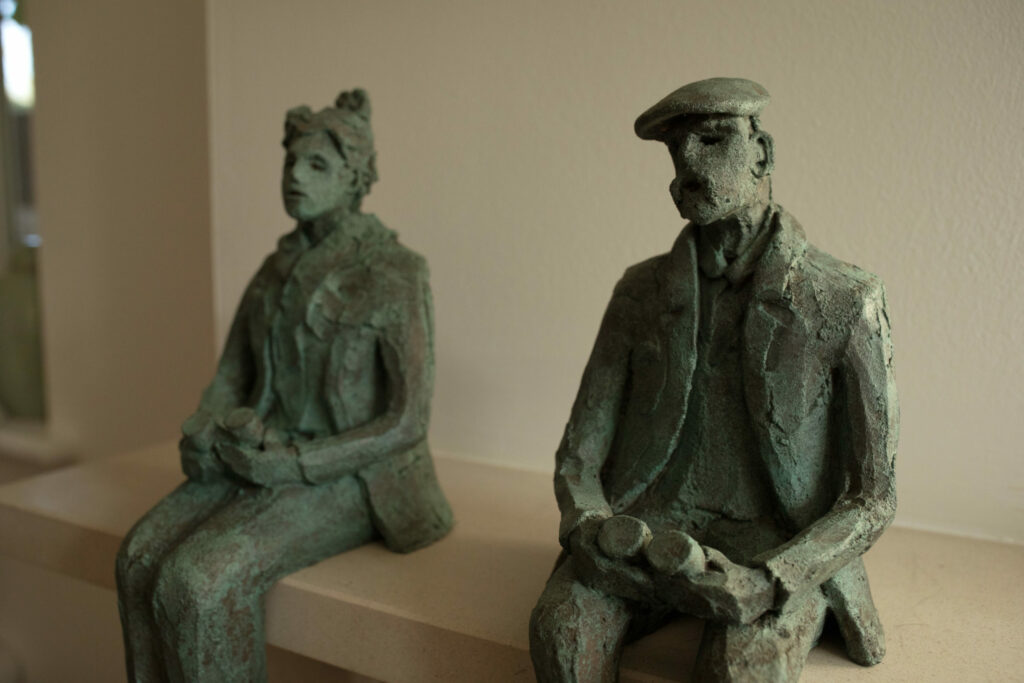
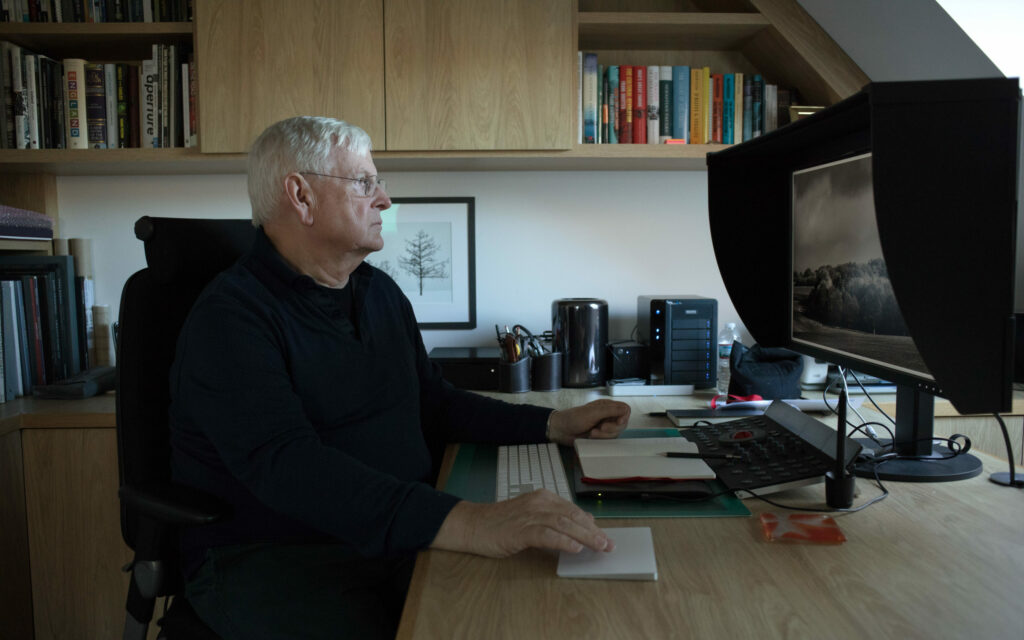
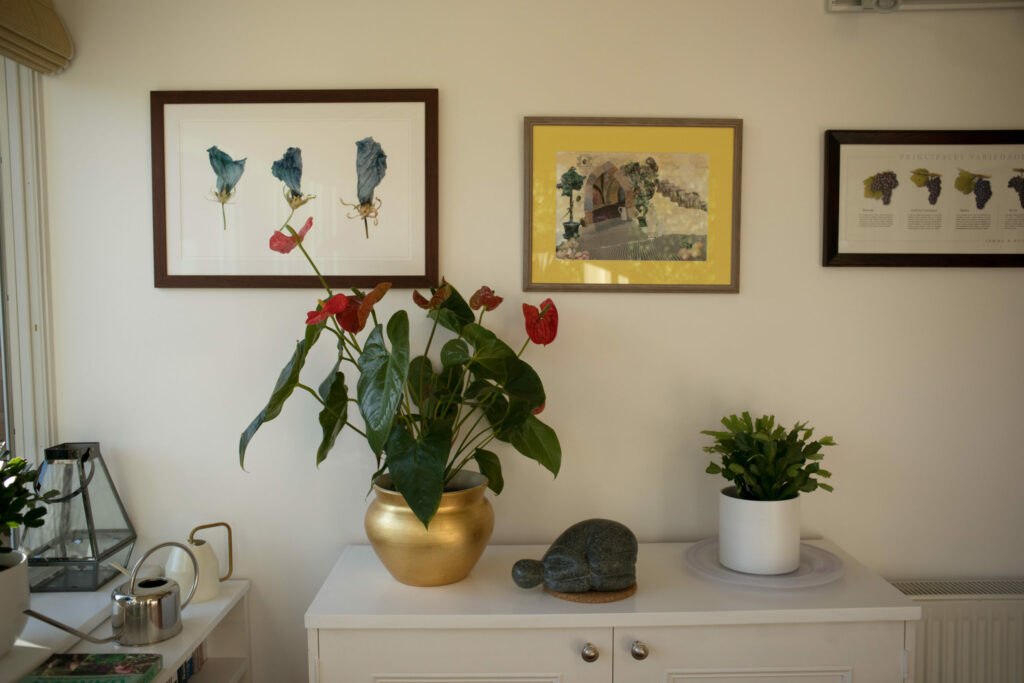
Back in 2009, at that workshop in Death Valley, we had some of Phase One’s management present who we talked to. They didn’t talk that much about product, but about strategy, about direction and vision. Listening to them, I just got a real sense that this was a company that knew what it was doing. It was small, had a long way to go, and was very much committed to R&D. I felt this was a company that’s going to be around for a good long time, and whose people I could get to know – something that’s much more difficult with larger camera manufacturers.
And then, the outstanding thing about a Phase One camera system is the quality of the picture. It’s already great when you’re able to get a well-exposed, well-composed shot, but when you then bring it into Capture One and see how much more there is to it – there’s just something magical about a Phase One RAW file, something I haven’t found in other manufacturer’s files.
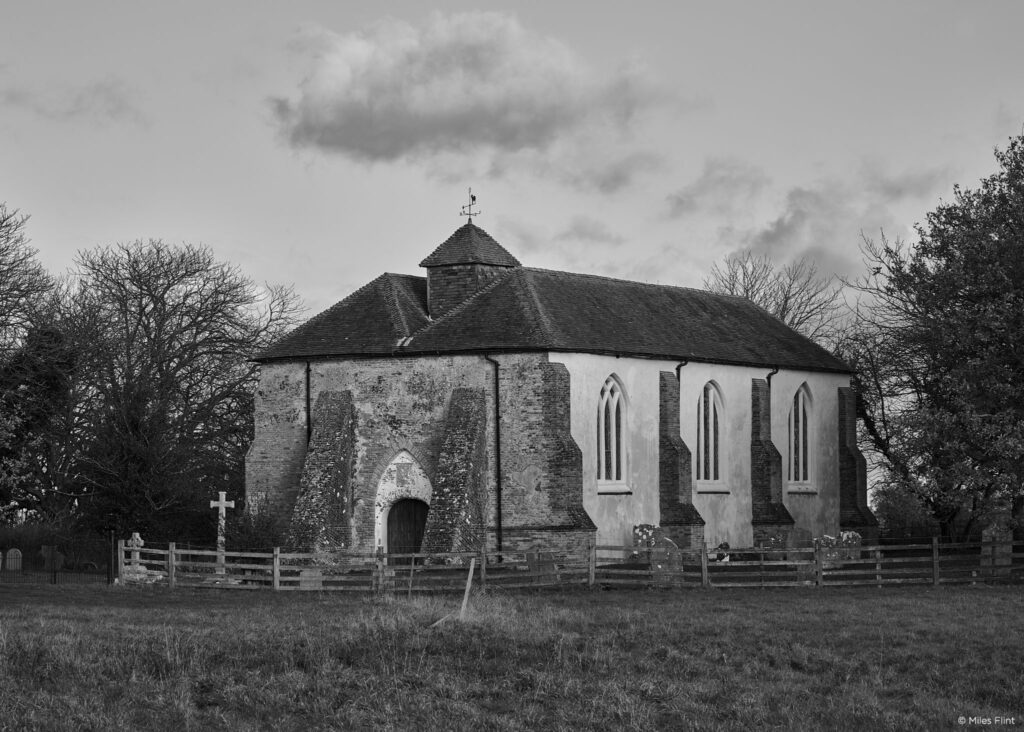
This image is taken in a little village called East Guldeford in the South of England, and it’s the result of a change of approach for me. I don’t now go to locations that are well known, of which you see many images, trying to re-interpret a famous image. That was a good learning technique, but now I find that the best thing to do is to take a day, choose a direction and then just go explore.
With this particular location, I was driving down a narrow road towards the coast when I looked out the window to the left and saw, down a little lane at the end of a field, this church. I’d never seen a picture of it before, I didn’t know anything about it, but I turned off the road, found a way to park, opened the gate, and there it was.
When I look at old churches like this one – and other things in the countryside – I always think of the people who built them. Who were they, how did they find the money to build something like this in what used to be a relatively poor community? Why has the church become almost derelict, but also how is it still standing? That’s what I mean when I say that when I look at a landscape, I actually look at the human element in it, rather than just the natural element.
Here was something that I didn’t know existed until an hour before. Here was an image that I hadn’t pre-visualized or planned to take. In fact, there’s something I find enormously pleasurable in going out for a day of photography and creating an image that hasn’t been made before, in coming home and feeling I’ve actually created something that day. I’ll live with it for a while, put the image on the wall, and decide later whether I want to keep it, whether it needs further editing, whether I’ll stick with it. But there’s that great pleasure in just spending a day out and creating something that didn’t exist before. It doesn’t matter whether it’s good or bad just yet, but it didn’t exist before.

Photographer Stories
Karen Culp
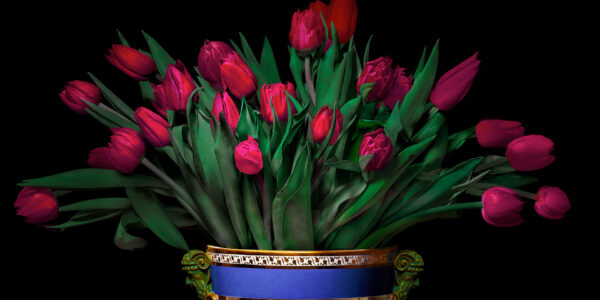
Photographer Stories
T.M. Glass: Flower portraits
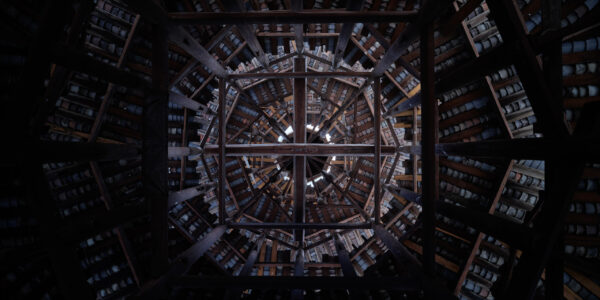
Photographer Stories
Preserving ancient Chinese buildings – Dong Village
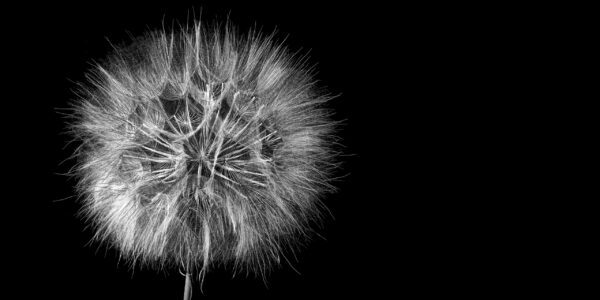
Photographer Stories
Jeff Puckett – The Art of Photogravure
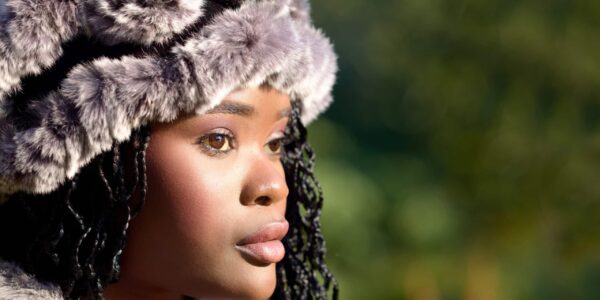
Photographer Stories
Carollyne Sinclaire – A Portrait of the Heart
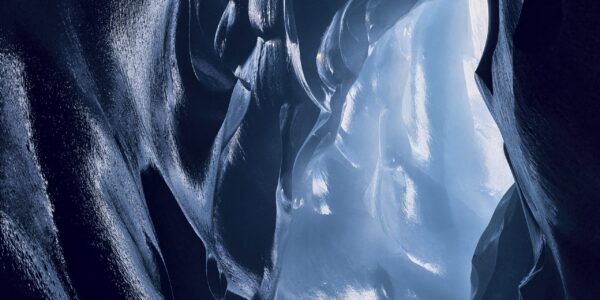
Photographer Stories
A photograph can freeze time. Can it also mobilize human action?
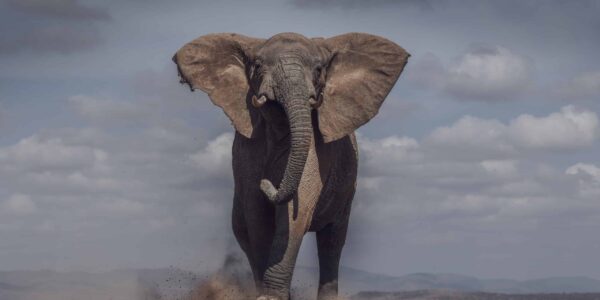
Photographer Stories
Guadalupe Laiz – Up Close and Personal
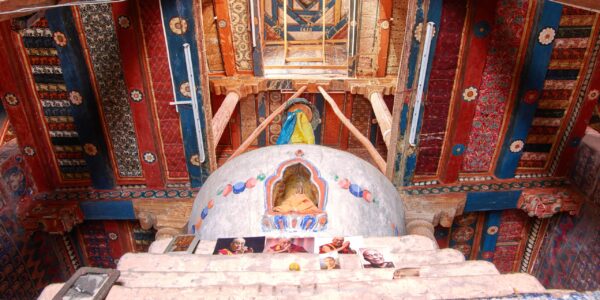
Photographer Stories
How Did a Remote Himalayan Monastery Show Up in New York City?
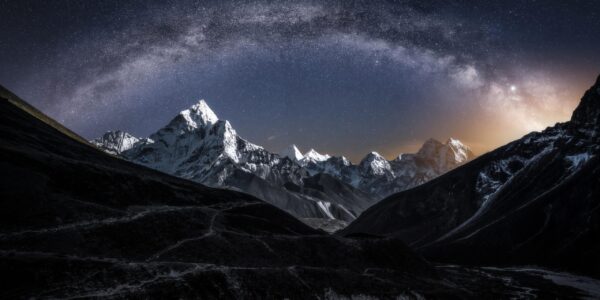
Photographer Stories
Thomas Biasotto Moments beyond Imagination
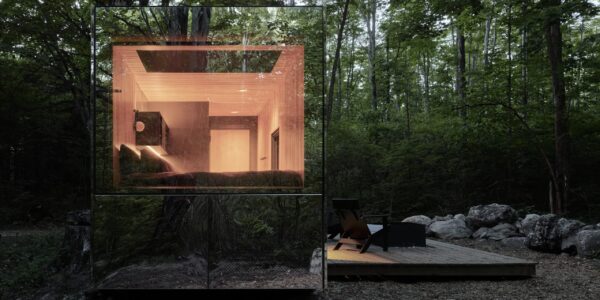
Photographer Stories
Photographing the invisible
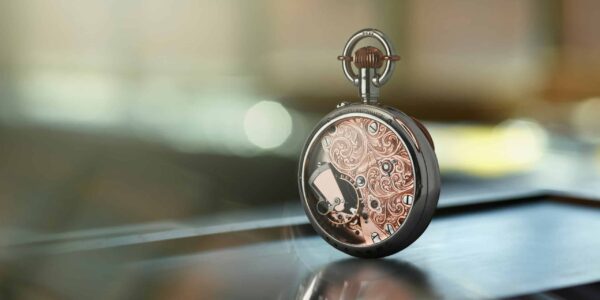
1-Minute Inspiration
Young and Hungry – Upgrading your career and kit with Phase One
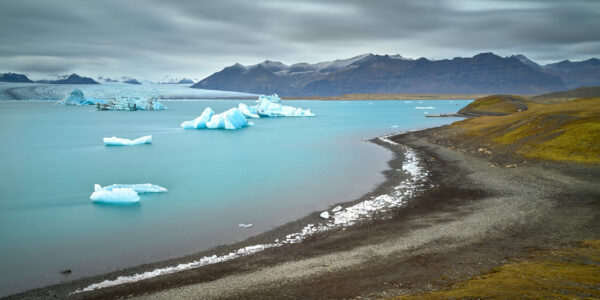
Photographer Stories
Iceland through the lens
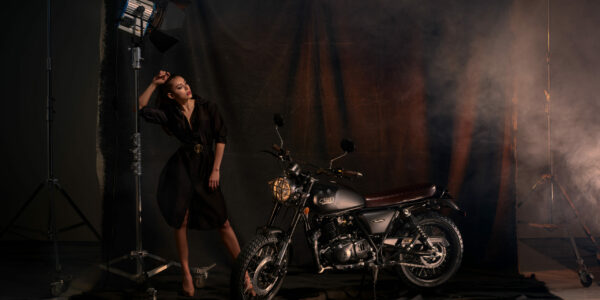
Photographer Stories
Composing soft even lighting in photography
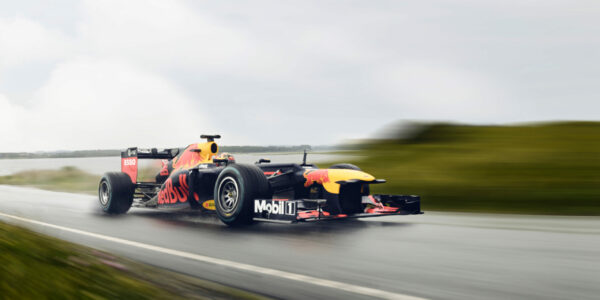
Photographer Stories
Capturing that Split Second – A Formula 1 Car Photo Shoot
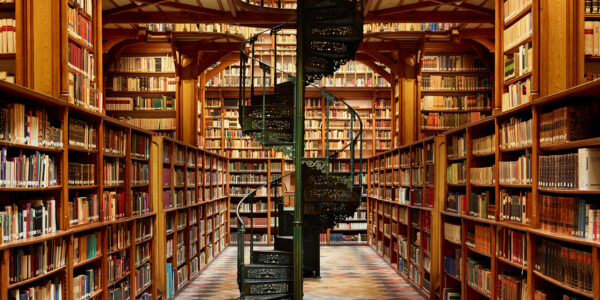
Photographer Stories
Cathedrals of Knowledge – Photographing Tranquil Oases with Daniel Zielske
